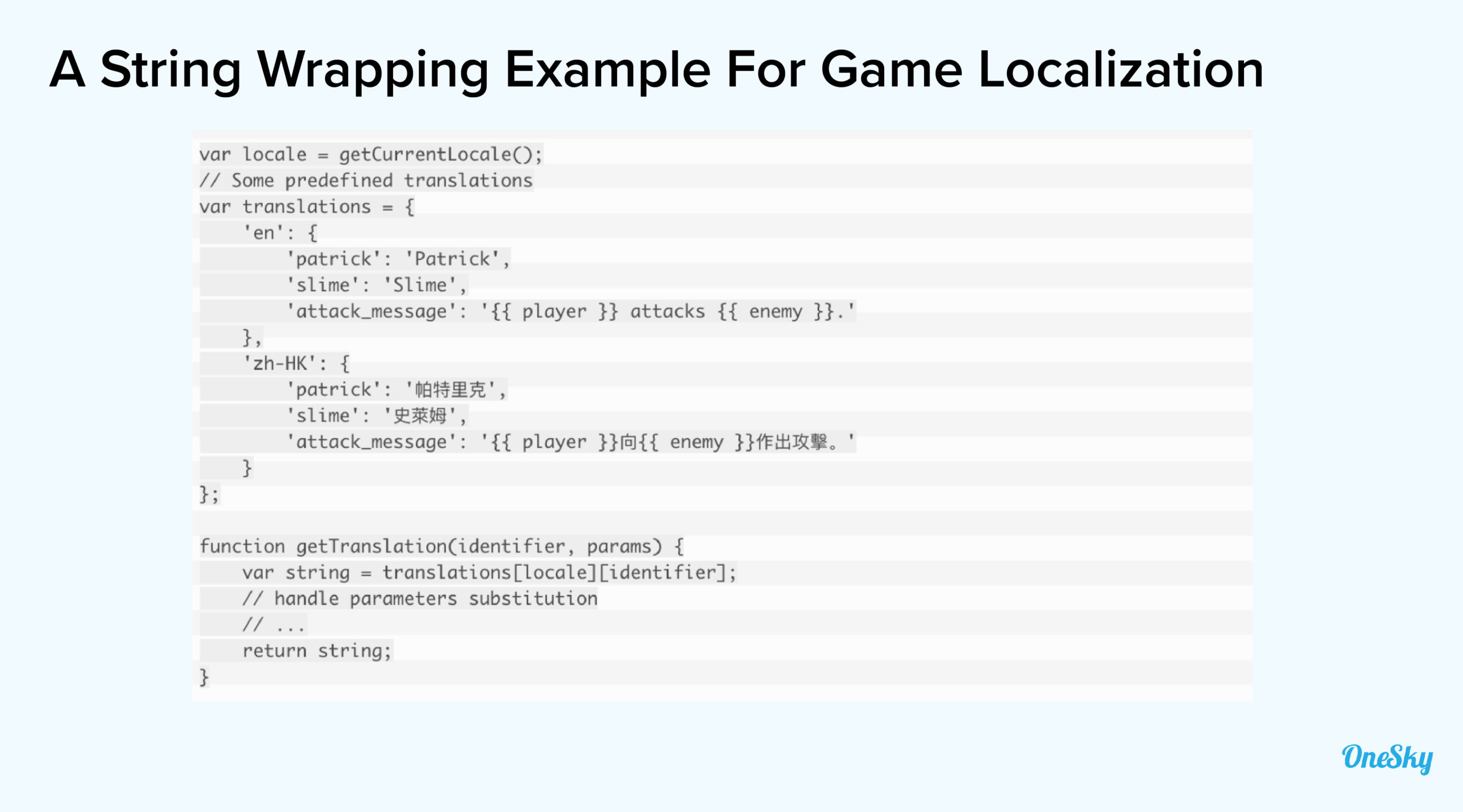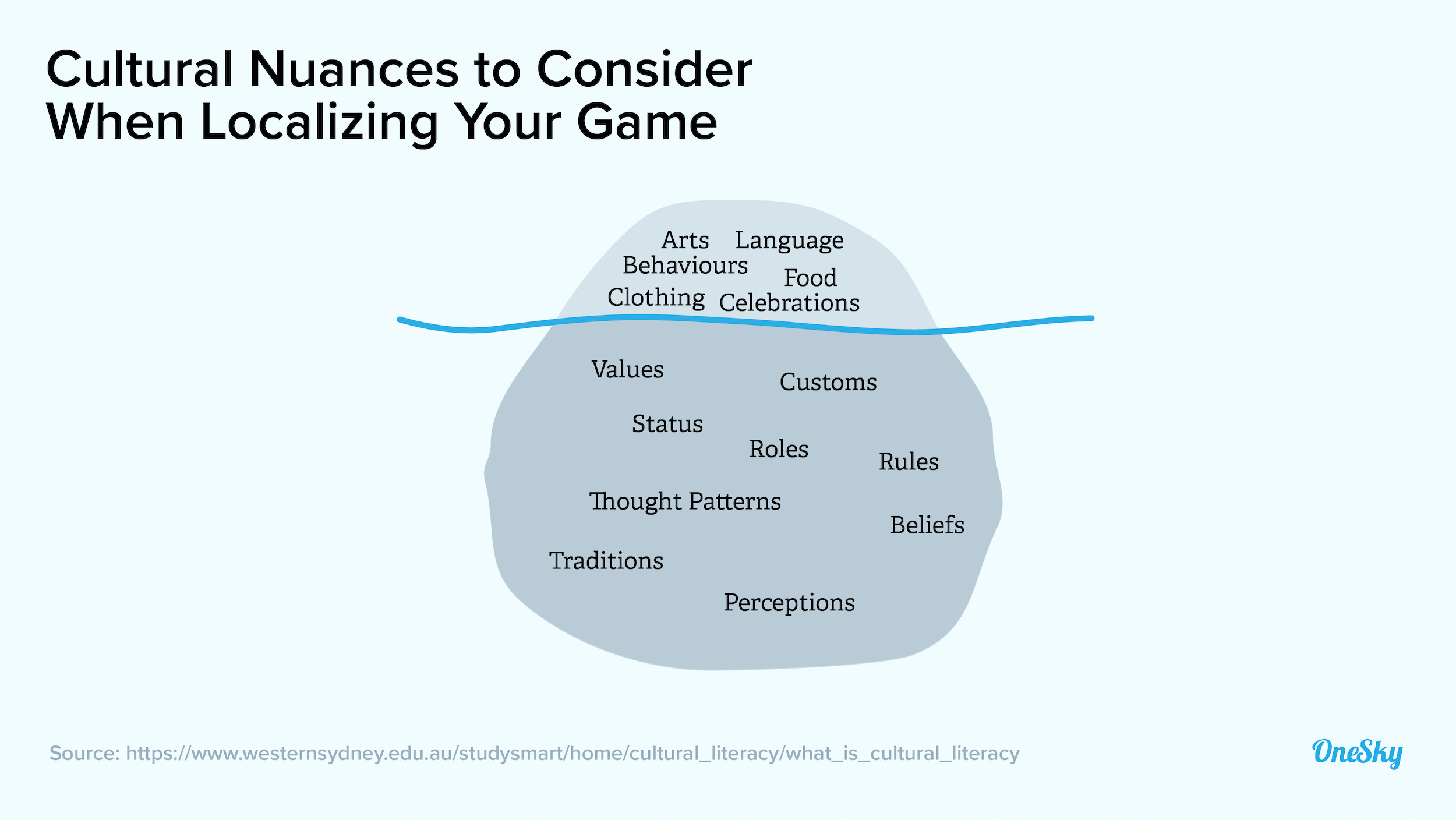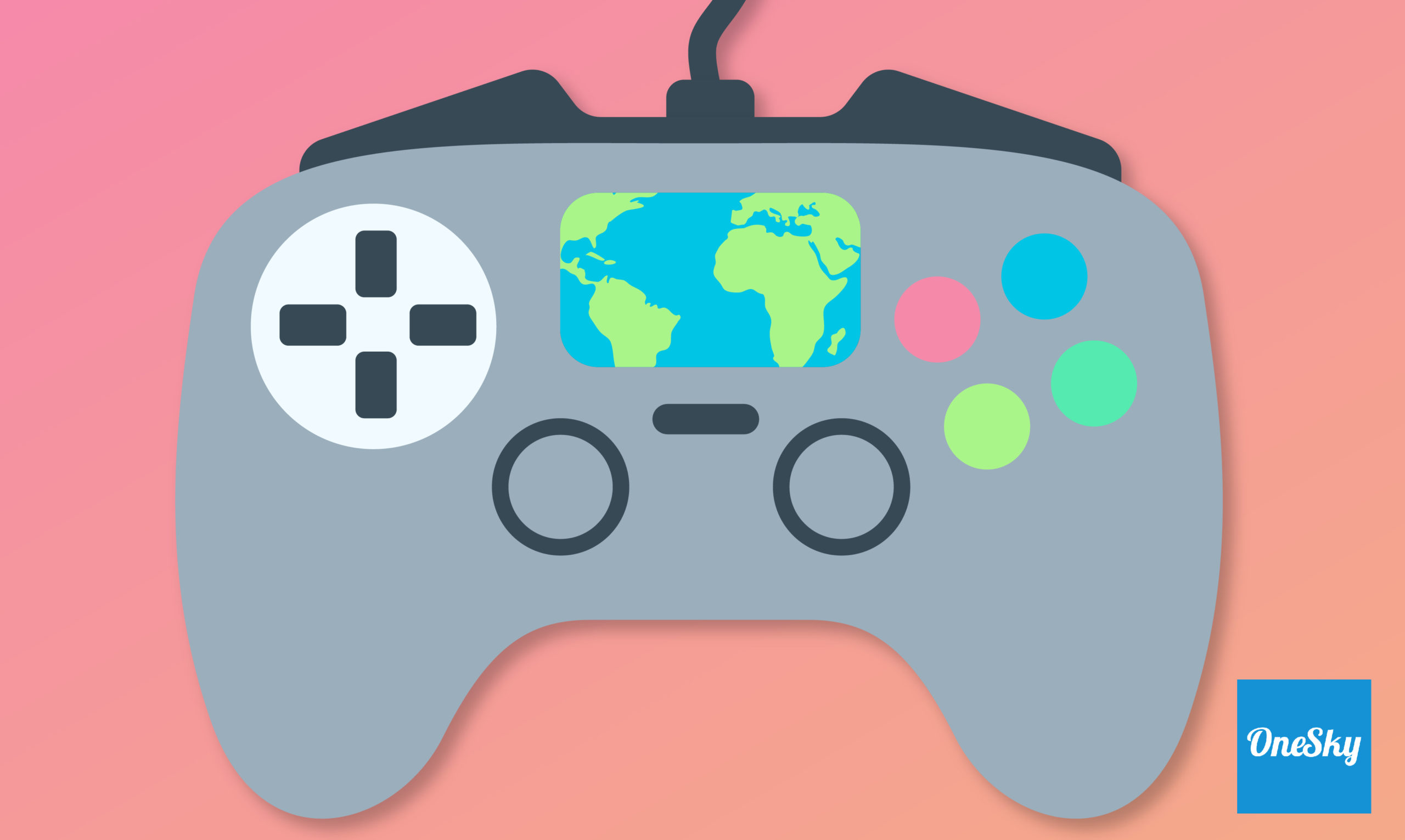Top Ten Game Localization Mistakes
The global gaming market is projected to reach a value of US$314.40 billion by 2026, a CAGR of 9.64% from US$173.70 billion in 2020.
China will account for 32% of global games revenue in 2021, and the Asia Pacific region will claim the largest market share. Meanwhile, African markets will experience the highest growth rates.
If you want your game to become a blockbuster, you can’t afford to overlook these fast-growing overseas markets.

So, how can you enter these local markets successfully and profitably?
You need to localize your game to appeal to the audience in each region.
But game localization isn’t as easy as most developers might think. Many things can go wrong along the way, and common game localization mistakes can derail your launch.
The good news is that these pitfalls are totally preventable if you know how to avoid them. Let’s take a look at the top 10 game localization mistakes and what you can do to fix them.
How Game Localization Can Go Wrong
Game localization must go beyond language translation to address nuances associated with the locale, its culture, and the market. Here’s how common game localization mistakes can derail a project:
Missing the Mark on Cultural References
Many games take players through a plot to keep them engaged. If your content misses the mark on communicating the essence and emotional impact of the storyline, you could lose the audience at hello.
Not to mention, when you miss the nuances of a language (e.g., slang, references) and cross-cultural differences, you’d sound like an outsider. You could miss out on the opportunity to connect with the audience, build a loyal following, and become part of the local culture.
Getting Banned by Local Authorities
Navigating regulations can be thorny in some markets. You could get into hot waters if you don’t address local policies when localizing your game. For instance, the United Arab Emirates and Japan have strict rules governing what can and can’t be shown in a video game.
If you don’t engage local advisors early in the localization process, you could risk running into legal issues later. This can, in turn, delay your launch and cause you to miss out on market shares.
An Unsatisfying Gaming Experience
If local regulations require game developers to remove certain scenes or obscure parts of a plot, simply cutting them out may create an incoherent storyline or a less exciting gaming experience.
Many gamers value the cinematography of a game. Removing and replacing cut portions with poorly executed scenes or elements that aren’t coherent with the original plot could create a frustrating experience and even turn the audience away from your future releases.
The Most Common Game Localization Mistakes (and how to avoid them)
Game localization is complicated. Here are 10 costly mistakes and how you can avoid them:
Game Localization Mistake #1: Hard-coding Text into the Source File
If you embed text (e.g., title, menu, on-screen dialogues) in the code, you’ll have to go back to the source file every time you need to change the content or update a translation. Imagine having to do it for every localized version — this could take a lot of time, money, and effort just to make one minor tweak!
Instead, follow string wrapping best practices. When you extract text from the source code, turn it into a resource file. Then, save one resource file for each language to manage the translation process cost-efficiently.

Game Localization Mistake #2: Skimping on Translation Services
It may be tempting to save a few bucks by using machine translation without hiring human translators. But this will likely cost you more further down the road. Machine translation can’t capture cultural nuances, slang, and references that are key to engaging gamers.
Don’t cut corners on the translation process. Hire a reputable translation service with extensive experience in the gaming industry. This ensures that you capture nuances in the local languages and incorporate references that resonate with the gaming community.
Game Localization Mistake #3: Insufficient Contextual Information
Tossing an Excel file of strings over the fence without providing translators with contextual information is a disaster in the making. Mistranslations can confuse gamers and create a frustrating experience. For example, they may start shooting the wrong target and wonder why they’re losing the game!
Provide translators with contextual information about the game’s plot, your brand, and the target audience. Include a translation glossary, a style guide, screenshots, details about dialogue subtitles, and biographies of the main characters.
Game Localization Mistake #4: Ignoring Cultural Nuances
Title, content, and promotional materials that aren’t sensitive to the local culture will alienate players. If your game content is inappropriate for a particular market, it may offend the audience or even get banned by the authorities.
Don’t get caught off guard by cultural differences. Work with local consultants to make sure you’re using the appropriate expressions. Ask your translators (ideally, they’re game-savvy locals) and give them enough context (see #3) so they can share constructive insights. You can also test the game with a local focus group before launch to ensure that the cultural references are on point.

Game Localization Mistake #5: Hiring the Wrong Translators
Different game genres need different approaches to translation. Using translators with the wrong skill sets could cause you to miss the mark. For example, research-oriented text requires specialized knowledge in gaming slang and terminologies. Meanwhile, creativity-oriented text demands translators to think outside of the box when working with new gaming concepts.
Look for translators who are both native speakers and avid gamers familiar with your game genre. Consider whether the nature of your game is more creativity-oriented or research-oriented. Then, review the candidates’ portfolios to see if their experiences with game translation and content creation meet your needs.
Game Localization Mistake #6: Skipping Internationalization (I18n)
If you don’t internationalize your game first, your localization process will be plagued by inefficiencies. You may also run into issues when you integrate the translated copy into each local version and make updates further down the line.
Game internationalization should allow for text expansion, accommodate different text directions, use Unicode to support proper display of characters, and ensure that number formats (e.g., date, time, currency) can be displayed according to local conventions.

Game Localization Mistake #7: Not Testing the Localized Game on the Right Devices
If you neglect to test each localized version on the devices used by the target audience, you could run into graphics and UI issues that affect the gaming experience. For example, translated text that’s too long or too short could impact the visual layout.
Don’t skimp on testing. Test each localized version on an actual device. For example, on-device localization testing allows you to spot glitches while gauging the overall quality of the localized game. Additionally, you can set text space to autofit to help prevent common layout issues in the final UI.
Game Localization Mistake #8: Failure To Organize Translated Copy
Entering a local market requires more than translating in-game content. Poorly translated manual text, packaging copy, app store descriptions, and marketing creatives can sabotage your success. Meanwhile, failure to organize various formats and files can cause inconsistencies across touchpoints, leading to increased cost and a delayed launch.
Centralize translation management with a robust localization management platform. It can help you streamline workflows, organize all the translated content, and adapt it for future use so you can orchestrate your translation efforts cost-efficiently.
Game Localization Mistake #9: Treating Localization as an Afterthought
If you consider localization as an extra step tacked onto the end of a game development process, you could be missing out on great opportunities in local markets. For example, you may fail to distinguish your game from competitors or lose market shares to local clones. If you decide to localize later, you’d have to spend more on reworking the source code.
Include localization in your game plan (yes, pun intended!) from the start. For example, wrap strings at an early stage of the development process to get them ready for localization. Also, use a coding style (e.g., Unicode) that meets internationalization standards.
Game Localization Mistake #10: Not Evaluating Your Game’s Performance
Your job isn’t done after your game is launched. If you don’t have a process in place to gather feedback from the audience, you may be overlooking insights that can help improve the game for long-term success. Without input from the local users, you’d be shooting in the dark when you develop patches and future advancements.
Use in-game surveys and read reviews on the app stores to see how local gamers interact with your game. Work with your translation partner to understand the nuances in the feedback posted in local languages. Leverage the insights to improve keyword optimization, drive traffic, and inform promotional content.
Unlock the Global Market with Effective Game Localization
The global market represents tremendous growth opportunities for game developers. To position your brand for exponential growth, make sure you have an airtight game localization process.
Set a solid foundation by implementing a robust localization management platform. For example, OneSky’s end-to-end localization solution allows you to work with 19 file formats, order professional translations in 50+ languages, and communicate with your translators all in one place.
Start localizing your game and get ready for world domination!


 Written by -
Written by - 




 Written by
Written by 


